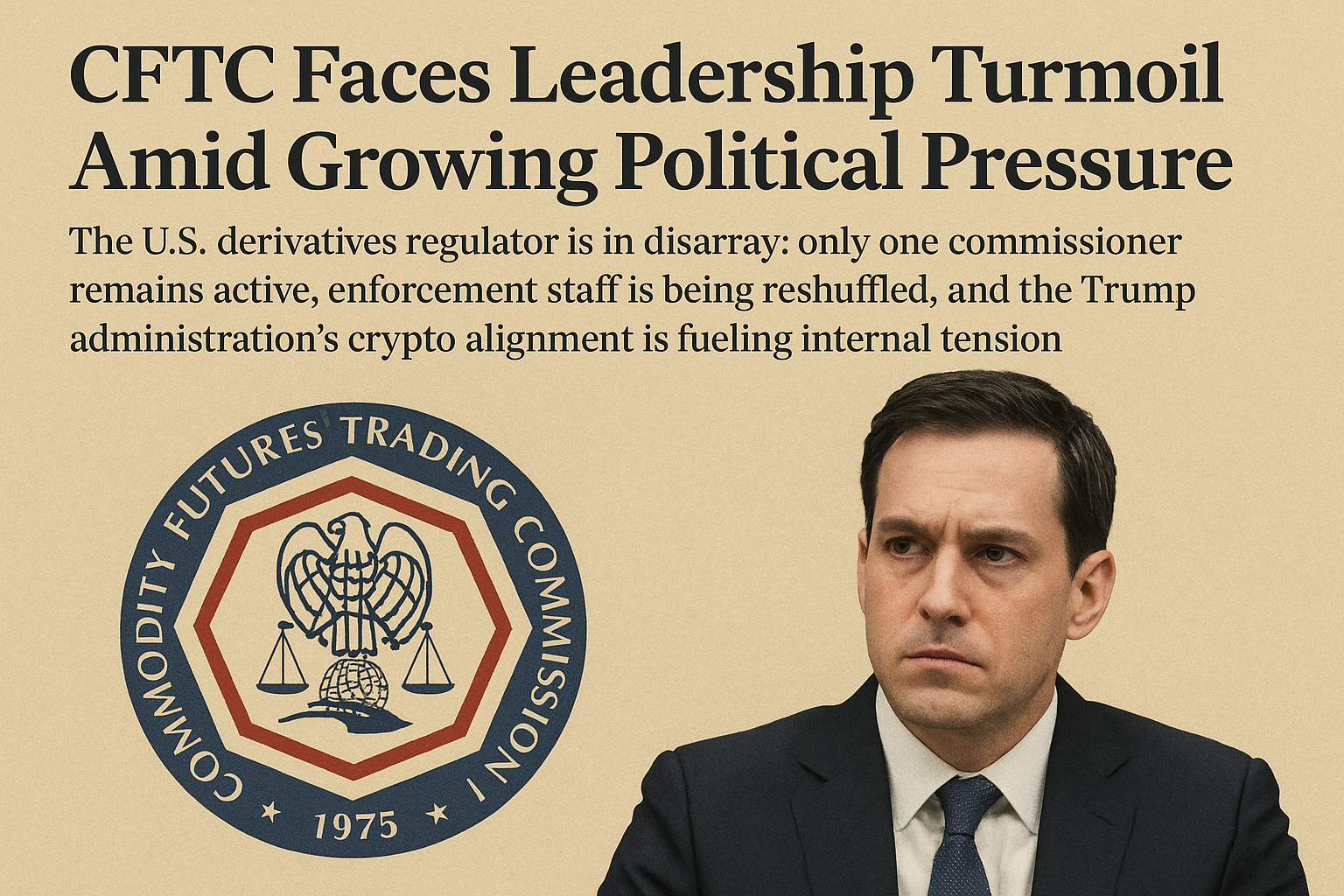Introduction
Bitcoin and XRP have recently faced significant price declines, sending ripples through the cryptocurrency market. While many have attributed this drop to China’s advances in AI technology, a broader range of economic factors is playing a role. The Federal Reserve’s stance on prolonged higher interest rates has compounded the bearish sentiment, adding further pressure to the digital asset market.
The Recent Decline
On the latest trading day, Bitcoin saw a sharp 5.5% drop, bringing its price to $98,864. Meanwhile, XRP plunged even further, losing 11% and trading at $2.75. This decline has raised concerns among investors, as market uncertainty continues to grow.
China’s AI Development and Crypto Sentiment
China’s aggressive expansion in artificial intelligence has stirred fears about its potential impact on blockchain technology and digital assets. The country’s AI-driven advancements in data analytics, automation, and cybersecurity have raised questions about the future competitiveness of decentralized networks, particularly in financial applications. Some analysts believe that China’s AI push could lead to stricter regulatory oversight on crypto or innovations that challenge existing blockchain technology.
The Federal Reserve’s Role
Beyond China’s AI developments, macroeconomic factors are also weighing on the crypto market. The U.S. Federal Reserve has signaled that interest rates may remain high for an extended period, dampening investor appetite for riskier assets like cryptocurrencies. Higher interest rates strengthen the U.S. dollar, making crypto investments less attractive as capital shifts toward traditional financial instruments.
Other Contributing Factors
- Regulatory Uncertainty – Ongoing regulatory actions in the U.S. and Europe continue to create an uncertain environment for crypto investors, leading to increased volatility.
- Market Sentiment Shift – With Bitcoin failing to hold key support levels, short-term traders are exiting, leading to increased selling pressure.
- Institutional Influence – Large institutions have reduced their exposure to cryptocurrencies in light of macroeconomic concerns, contributing to the recent downturn.
The Road Ahead
Despite the current bearish trend, some analysts remain optimistic about long-term crypto adoption. Technological advancements, increasing regulatory clarity, and broader institutional adoption could provide stability in the future. However, short-term volatility is expected as the market continues to react to geopolitical and economic developments.
The recent drop in Bitcoin and XRP highlights the impact of global economic policies and technological developments on the crypto market. While China’s AI advancements and the Federal Reserve’s interest rate policy are key factors driving this decline, broader regulatory and market dynamics also play a role. As the industry evolves, investors will need to stay informed and adapt to these shifting conditions.




